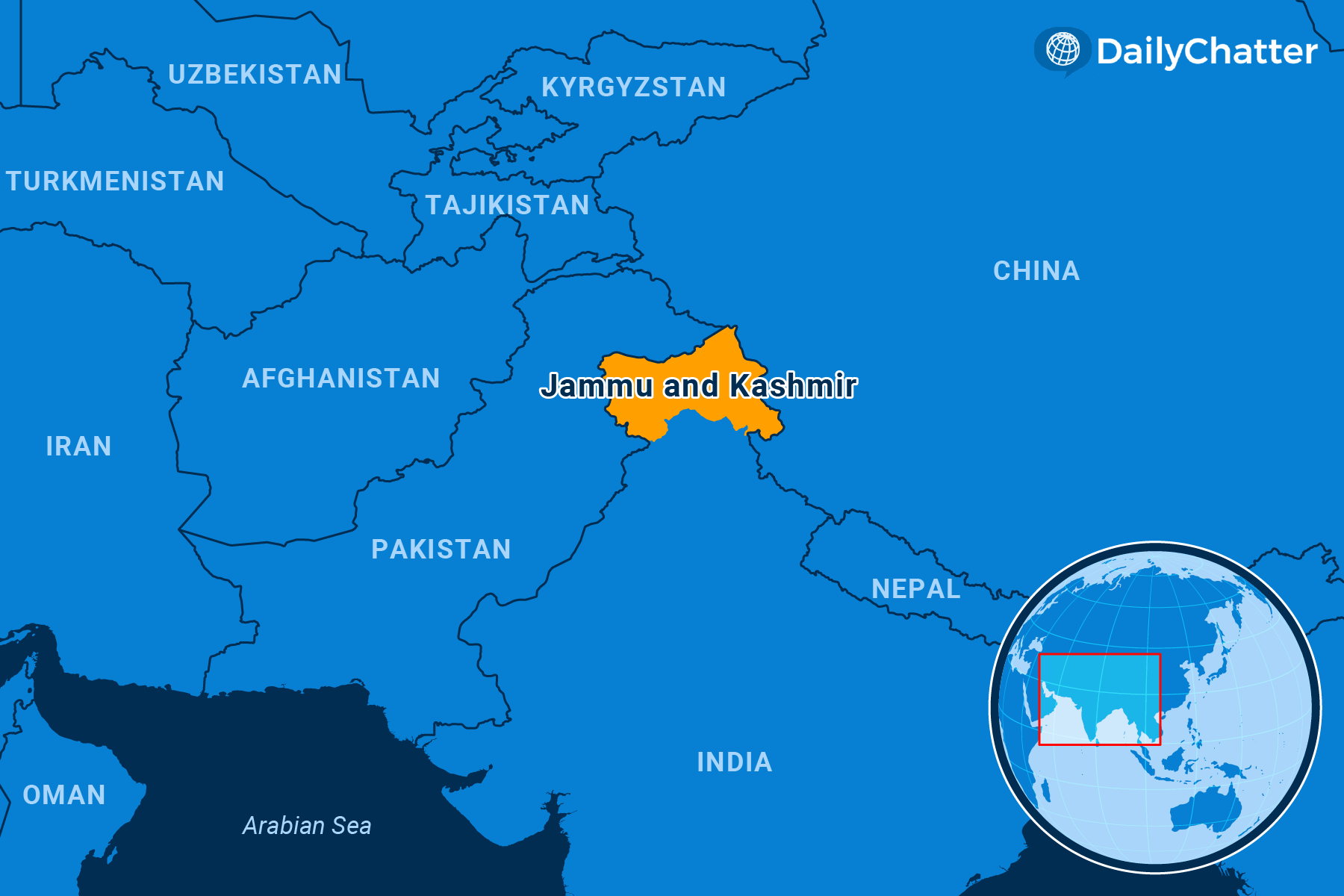
The World Today for June 22, 2022
NEED TO KNOW
Drawing in Pencil
KASHMIR

Three years ago, Indian Prime Minister Narendra Modi unilaterally abolished the limited autonomy that India’s portion of the disputed region of Kashmir enjoyed. At the time, Modi claimed the move would reduce violence in the region.
Kashmir is the only Muslim-majority region of India. Pakistan has also claimed the territory since both countries achieved independence from Britain in 1947. Fighting between the two nuclear powers has broken out periodically over it, as the Council on Foreign Relations explained.
Since 2019, however, fighting has routinely erupted between Indian security forces and pro-Pakistan rebels, claiming the lives of 1,000 people. The rebels call themselves freedom fighters, NDTV wrote. They accuse India of decades of repression, forced disappearances, torture, rape and other human rights abuses. Pakistan, meanwhile, helps the separatists with technology, logistical support as well as cyberwar capabilities, the National Interest wrote.
As Al Jazeera reported, the violence has led many observers in the country to wonder if Modi’s policies in the region have failed.
For example, after Modi’s decision to assume direct control of the region, the government encouraged Kashmiri Hindus, or Pandits, to return after fleeing in the 1990s when they came under attack from Muslim militants – the subject of a recently released, popular Indian movie called “The Kashmir Files.” In the last three years, however, they have become the targets of rebel attacks.
Now many are reconsidering their choice, spawning talk of a “second exodus” that is embarrassing Modi, who advocates for a greater role for Hinduism in the technically secular country, the Deccan Herald wrote. Many believe they are caught between militants and Indian government officials who are using them as political pawns in a larger geopolitical struggle, added the Washington Post.
“Fear is increasing with each new killing,” Kashmiri Pandit activist Sanjay Tickoo told the Guardian, adding that 3,500 members of his community have left the region. “The minorities are facing the worst situation in Kashmir.”
Modi has sought to champion economic growth in Kashmir rather than address the political troubles there, the New York Times reported. On a visit to Kashmir in April, for example, he touted the opening of a new power plant as a sign of a new dawn in the region.
But a political solution is likely necessary, India Today political columnist CA Sandeep Deshpande argued. He suggested merging Kashmir with another Indian state, Punjab, as a way to create a new political unit that might begin anew without fighting.
That idea could amount to little, given how it amounts to little more than shifting lines on a map. But that’s how this problem started, so it might be a means to ending it.
To read the full edition and support independent journalism, join our community of informed readers and subscribe today!
Not already a subscriber?
If you would like to receive DailyChatter directly to your inbox each morning, subscribe below with a free two-week trial.
Support journalism that’s independent, non-partisan, and fair.
If you are a student or faculty with a valid school email, you can sign up for a FREE student subscription or faculty subscription.
Questions? Write to us at [email protected].
